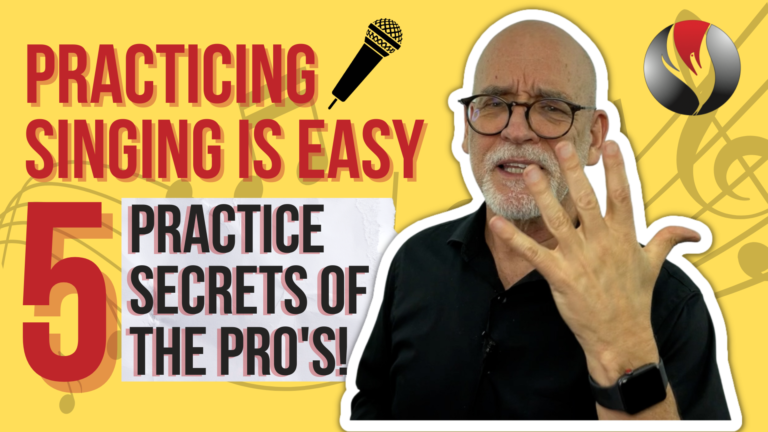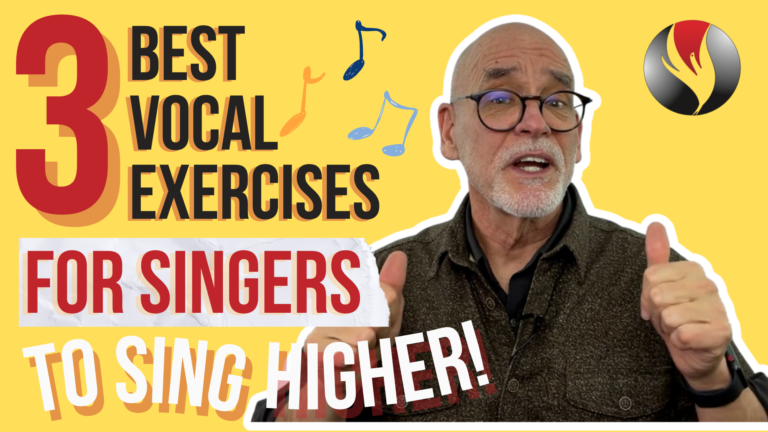How do you develop a strong Mix Voice?
Watch this video and find out!
How do you develop a strong Mix Voice?
The starting point is:
- You must have chest voice with the vocal cords coming together properly. “ae ae ae”.
- You are able to sing through middle area of the voice called the passage area, bridge or passaggio, from chest to head voice without breaks, flips, cracking, falsetto or breathiness. “Ah”.
- You have eliminated all tension from the external muscles surrounding the larynx. “Bubble lips”.
- The vocal cords vibrate freely and in balance with the air flow without external muscles grabbing. “Goo”.
- You are able to do exercises that develop and maintain freedom and release of the cords without the larynx being pulled upward. “Mum”.
- The next step is challenging. It’s illusive. It’s difficult. Difficult because you must let go of any hold or squeeze before you can find power.
What does let go mean? This is hard to evaluate in yourself. Sometimes we’re not self aware enough to be a good judge letting go.
To experience the true physical freedom of release and balance between the air flow and the vocal cords in your mix and/or head voice there must be no tension.
There must be an easy and consistent vibrato at about 6 cycles per second. You must do this on pitches in or above your first bridge. “Mum”.
7. Once release is present, then as you sing the syllable, let’s say it’s “mum”, you immediately…almost simultaneously, press down into the feeling of release. “Mum”.
Not grab the vocal cord and squeeze out more sound, just press or lean downward into the condition of release. “Mum”
At first you may not find it. But if there is true release and no squeezing or grabbing this will give your vocal cords the ability to vibrate or oscillate more deeply vertically down into the cord structure. This causes a more powerful sound, without squeezing.
Because as soon as you start squeezing, you lose it and it’s gone. Then it’s back to pushing harder…when you should be letting up and finding the release again.
8. Once you memorize this feeling, then you duplicate it on every note in the bridges first and then throughout your range. “Mum”.
9. As you develop the ability to press into the condition of release, you begin applying this to songs. After this is engrained in your technique, you don’t have to think about it. You can concentrate on your song and tell the story you want.
All these steps build on each other and give you the power to sing with beauty, confidence and power.
The exercises for your vocal type are designed to help you eliminate tension and sing without flipping, cracking, breaking or straining which is essential to developing a strong mix.
Do you know your vocal type? I’m not referring to whether you’re soprano, alto, tenor or bass. Your vocal type is what you tend to do when you sing.
Visit PowerToSing.com and take the vocal test, which I call the PowerTest. Take the quiz and discover your vocal type. Then go to the Knowledge Center and watch the videos about your vocal type.
Download the exercises for your vocal type and start improving your voice immediately.
I’m Chuck Gilmore with Power To Sing. You can sing higher, with beauty, confidence and power.
I’ll see you inside the next video.









Responses